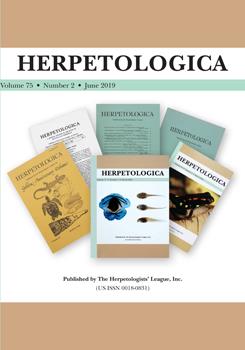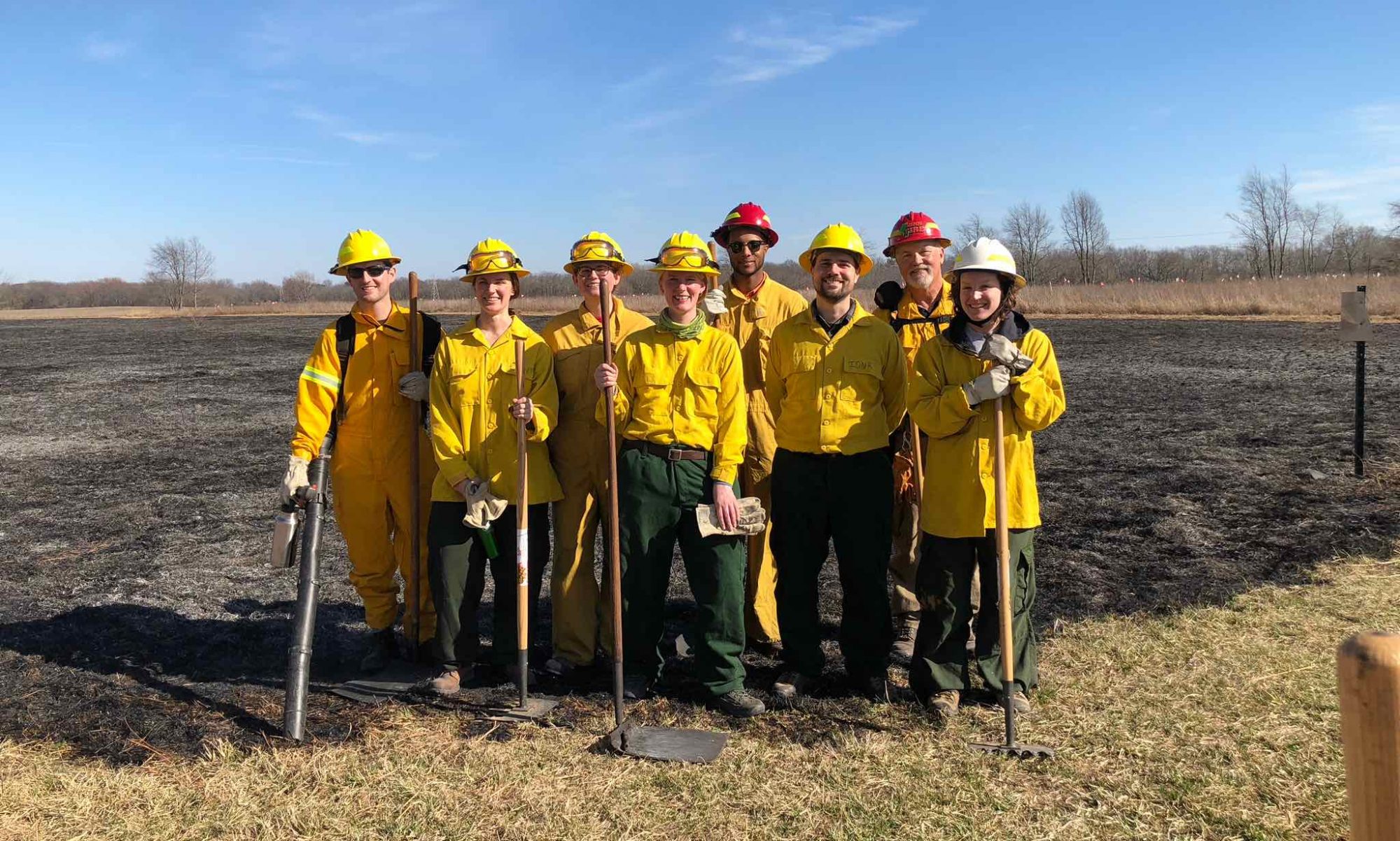 Continuing his tradition of long-term studies on reptile populations, PACE Lab leader Dr. Michael Dreslik and colleagues recently published a paper in Herpetologica analyzing the spatial ecology of the Timber Rattlesnake (Crotalus horridus) in the Coastal Plain of Virginia. This study analyzed 17 years of radio telemetry data, with over 14,000 radio locations.
Continuing his tradition of long-term studies on reptile populations, PACE Lab leader Dr. Michael Dreslik and colleagues recently published a paper in Herpetologica analyzing the spatial ecology of the Timber Rattlesnake (Crotalus horridus) in the Coastal Plain of Virginia. This study analyzed 17 years of radio telemetry data, with over 14,000 radio locations.
Crotalus horridus in the Coastal Plain are commonly called Canebrakes and occupy cane thickets, areas around swamps and river floodplains, forests, mountainous areas, and rural habitats. This differs from Illinois habitats which include heavily forested rock outcrops and bluffs.
This long-term study found that movement patterns observed in shorter term studies hold true:
-
-
- males move greater distances than females,
- males have larger home ranges than females, and
- movement is greatest during the mating season.
-
Read the full paper in the current issue of Herpetologica.
